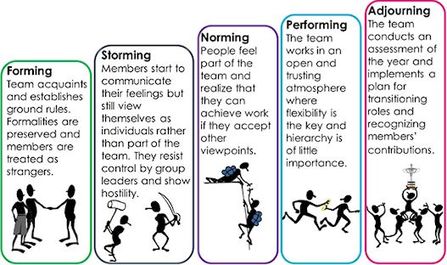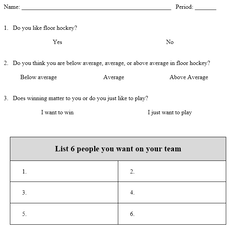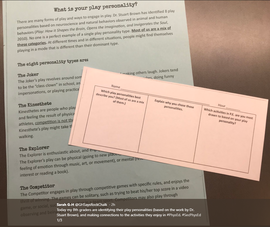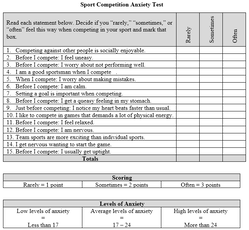Techniques for Forming Groups
Forming groups should be intentional and based on student readiness and the purpose of the task. Use the resources on this page to decide your grouping criteria and specific techniques you want to use.
SHAPE America Appropriate Practices
- 1.7.1 Teachers develop learning experiences that help all students understand the nature and the different kinds of competition.
- 1.7.2 Students are given opportunities to choose their competitive environment. Physical educators encourage positive competitive situations through personal goal setting and/ or team play.
- 1.7.3 Students are guided to understand that some students prefer competitive situations, while others don’t; and either preference is acceptable.
- 2.2.1 Physical educators form pairs, groups and teams in ways that preserve every student’s dignity and self-respect.



